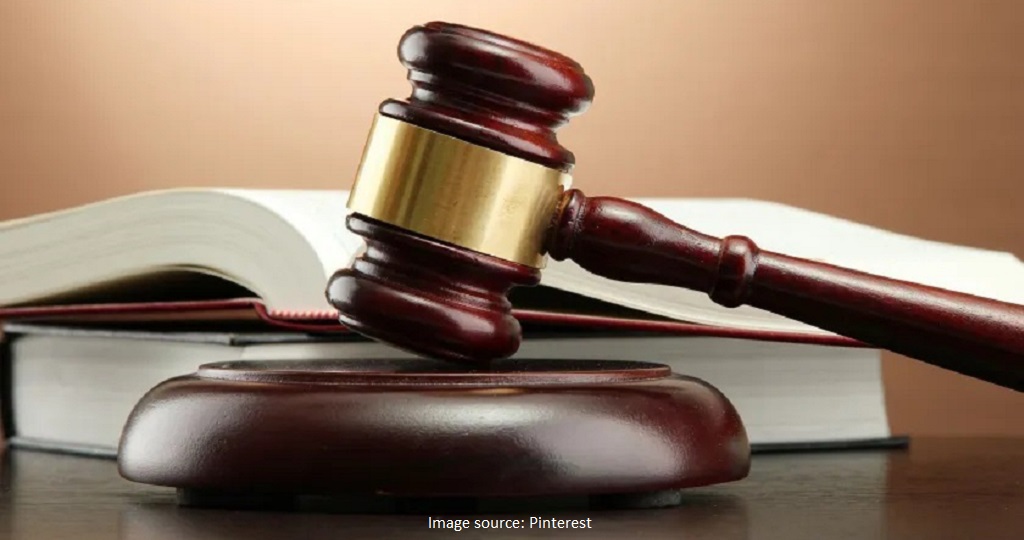There is no guarantee that one can make hundred percent recoveries in Non-Performing Assets, but Banks have to do a proper, timely follow-up of the loan accounts to recover the installments and interest; otherwise, huge non-performing assets can weaken the foundation of the financial system. To strengthen investor trust, banks have to do provisioning against each loan in the ratio of its category, which affects the banks’ profitability. Suppose there are no recoveries in Non-Performing Assets. In that case, banks have to do written off or settlement from their assets portfolio to solve Non-Performing Assets issues by controlling the recovery cost. The RBI and government have initiated several institutional measures to create a conducive recovery climate to increase the profitability of banks with a strengthening economy, like –
Lok Adalats
Lok Adalat is one of the dispute settlement mechanisms created under the Legal Services Authorities Act, 1987. No appeal is possible against the judgment of Lok Adalat, and both parties are liable to obey the decision of Lok Adalat. All disputed cases of non-performing assets (for settlement with borrowers to recover the loan amount) up to Rs.5 lacs may be covered under Lok Adalat’s jurisdiction.
Debt Recovery Tribunals
Debt Recovery Tribunals (DRTs) provide debt recovery services involving banks and other financial institutions with their creditors. Debt Recovery Tribunals (DRTs) are started based on the Recovery of Debts due to Banks and Financial Institutions Act (RDBBFI), 1993. Banks and other financial institutions can only put Debt Recovery Tribunals (DRTs) cases above Rs.10 lacs. Appeals against Debt Recovery Tribunals (DRTs) judgments have been processed at the Debt Recovery Appellate Tribunal (DRAT).
Corporate Debt restructuring mechanism
The Corporate Debt Restructuring (CDR) mechanism is a voluntary non-statutory mechanism through which banks and other financial institutions come together to restructure the debt of companies facing financial difficulties due to internal or external factors to provide timely support to such companies who are facing financial crises. The Corporate Debt Restructuring (CDR) mechanism is available for companies enjoying credit facilities from more than one bank and other financial institutions. Restructuring the debt is to be done speedily and transparently for all stakeholders’ benefit.
SARFARESI Act, 2002.
The Securitisation and Reconstruction of Financial Assets and Enforcement of Securities Interest Act, 2002 is the SARFARESI Act, 2002. This Indian law allows banks and other financial institutions to sell defaulter residential or commercial properties through auctions to recover loans. In the case of a classified non-performing asset, banks and other financial institutions have many rights to enforce security interests based on section 13 of the SARFARESI Act, 2002. SARFARESI Act, 2002 does not apply to unsecured loans. SARFARESI Act, 2002 allows us to create Asset Reconstruction Companies (ARCs) as section 3.
Asset Reconstruction Companies
Asset Reconstruction Companies (ARCs) are specialized financial institutions that buy non-performing assets from banks and other financial institutions that later recover from borrowers. Asset Reconstruction Companies (ARCs) facilitate securitization and asset reconstruction of a non-performing asset to bring the financial system’s liquidity. This helps banks and other financial institutions to concentrate on normal banking activities.


